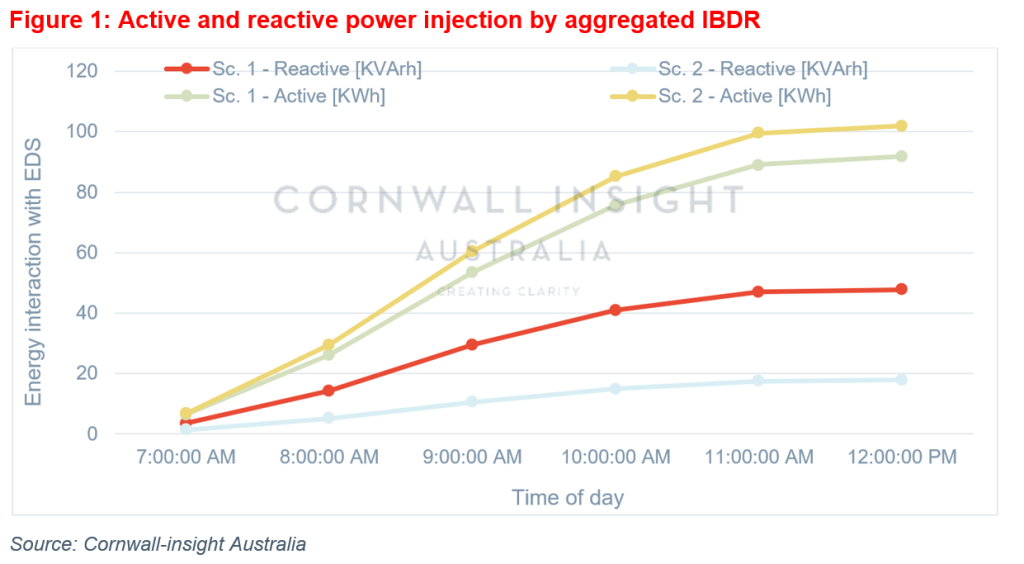Electric Vehicles (EVs) are quickly plugging into electricity distribution systems (EDS) around the world. Their take up introduces new challenges due to their random and high energy consumption. One of the important challenges associated with integrating EVs into EDS is voltage imbalance due to EV uptake in residential areas. This is in addition to the fact that there should be enough resources to supply these EVs in the first place.
Some local inverter-based distributed resources (IBDRs), e.g., rooftop solar, can supply EVs through active power generation and control voltage imbalances by timely injection of reactive power into EDS. This is a part of an ongoing project by AEMO called Project EDGE.
With higher EV penetration levels, the reactive power injection capability of IBDRs may not be as effective due to the inverters’ apparent power capacity. Reactive power can be electronically generated in an inverter, but an inverter must have enough capacity to perform this activity to be injected into EDS. In other words, the capability of IBDR in injecting reactive power depends on their instantaneous active power at any given time.
In this Chart of the week, we execute an hourly power flow model in an actual 11 kV distribution feeder with five load points (11kV/415V transformers) in South Australia. The aim is to highlight the effects of EV uptake on limiting the reactive power injection capability of local inverters connected to rooftop PVs (for the first half of the day). It is assumed that local inverters are centrally operated by a local aggregator for voltage control purposes. This simulation considers two scenarios, including Scenario No.1 with no EV loading while Scenario No. 2 includes EV loading. EV charging patterns are modelled as load-only (no vehicle-to-grid support is considered) following a normal distribution.
The results of the simulation are given in the Chart below.

As seen in the Chart, the reactive power injection has been reduced in the presence of EVs to enable more capacity for active power injection by IBDR aggregator to supply local EV energy consumption. This implies that, even by incentivising local inverters to provide reactive power to control voltage deviations, similar to AEMO’s Project EDGE, such support may not be feasible with high EV uptakes, assuming no vehicle-to-grid provision is in place.
The message here is that the upcoming wave of EVs will introduce new challenges that may not be possible to address easily. However, if these vehicles are optimally integrated into the distribution system, they have a great potential to become useful assets to support both customers and the grid.
For more information, please get in touch with us at enquiries@cornwall-insight.com.au.


